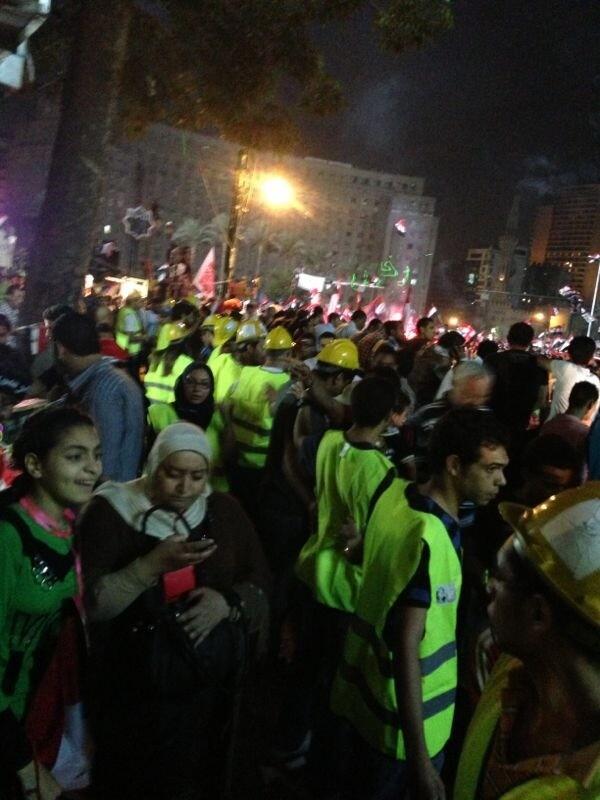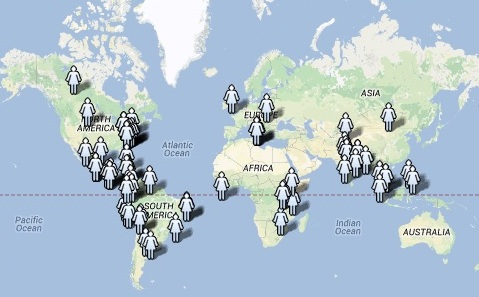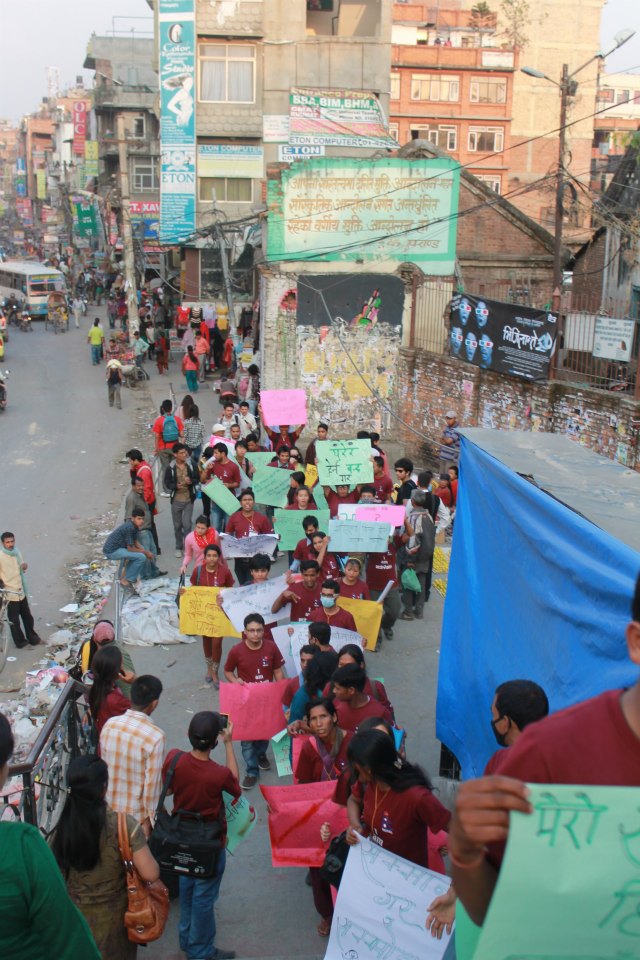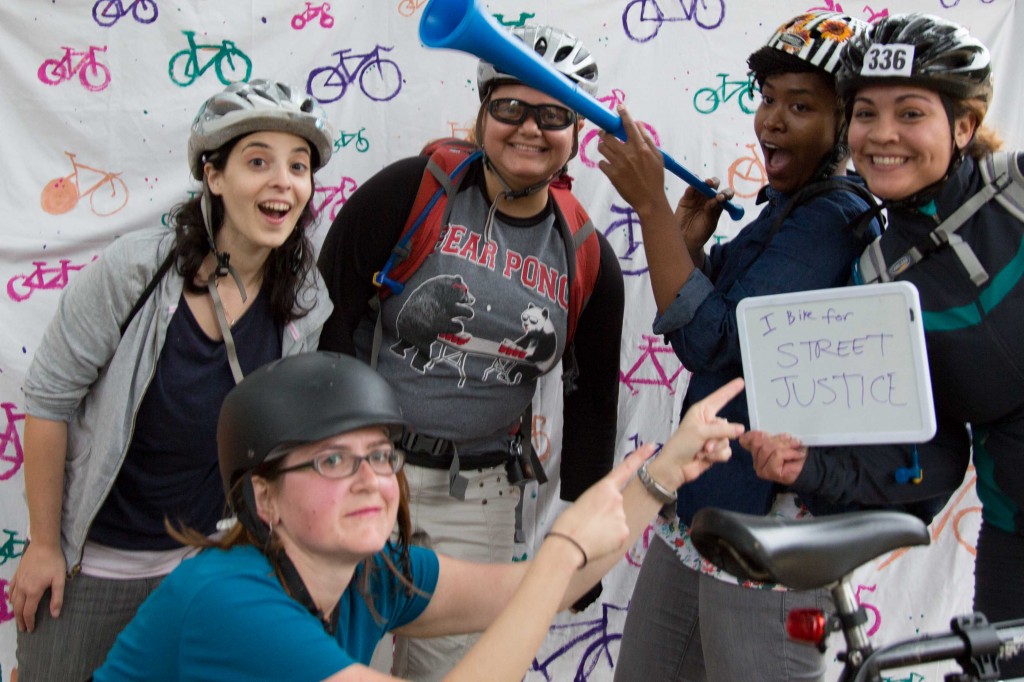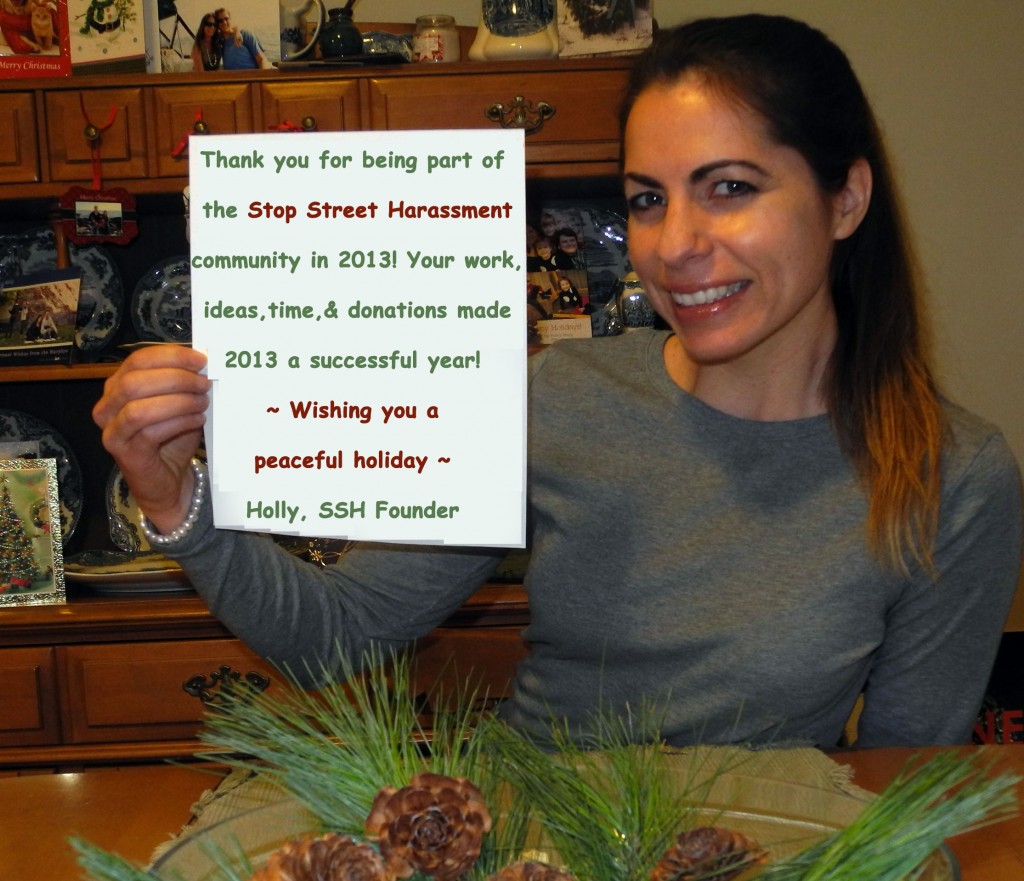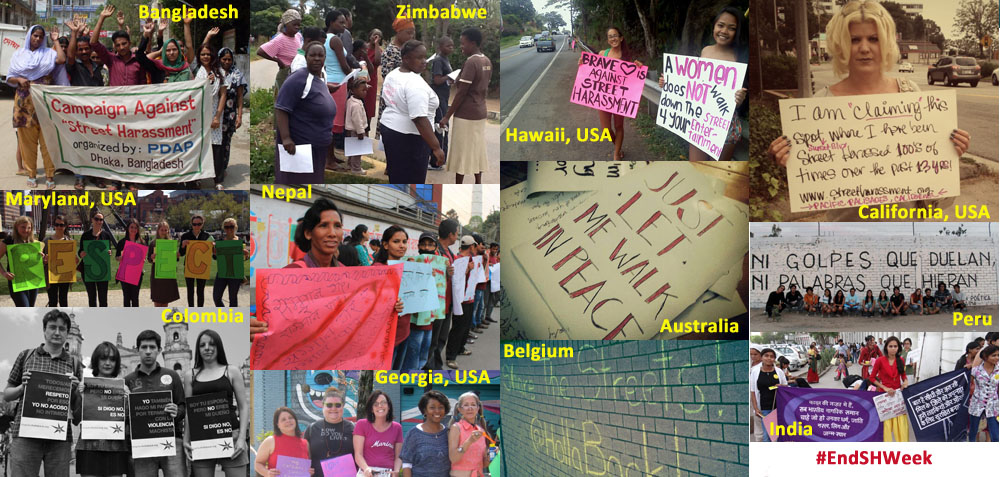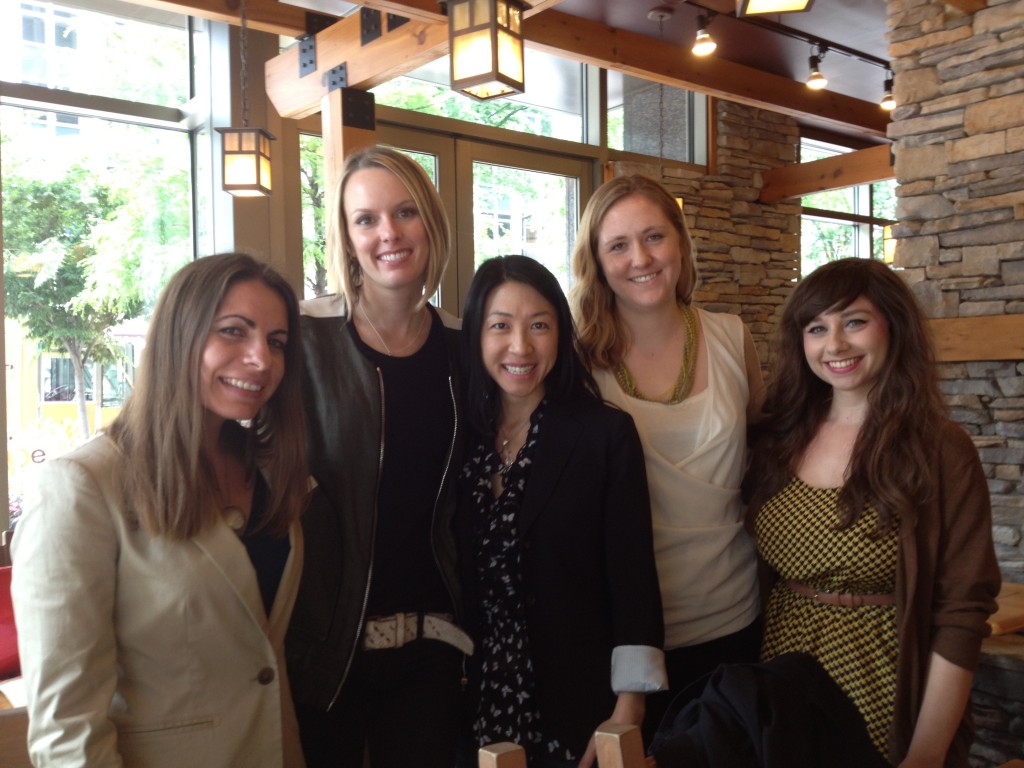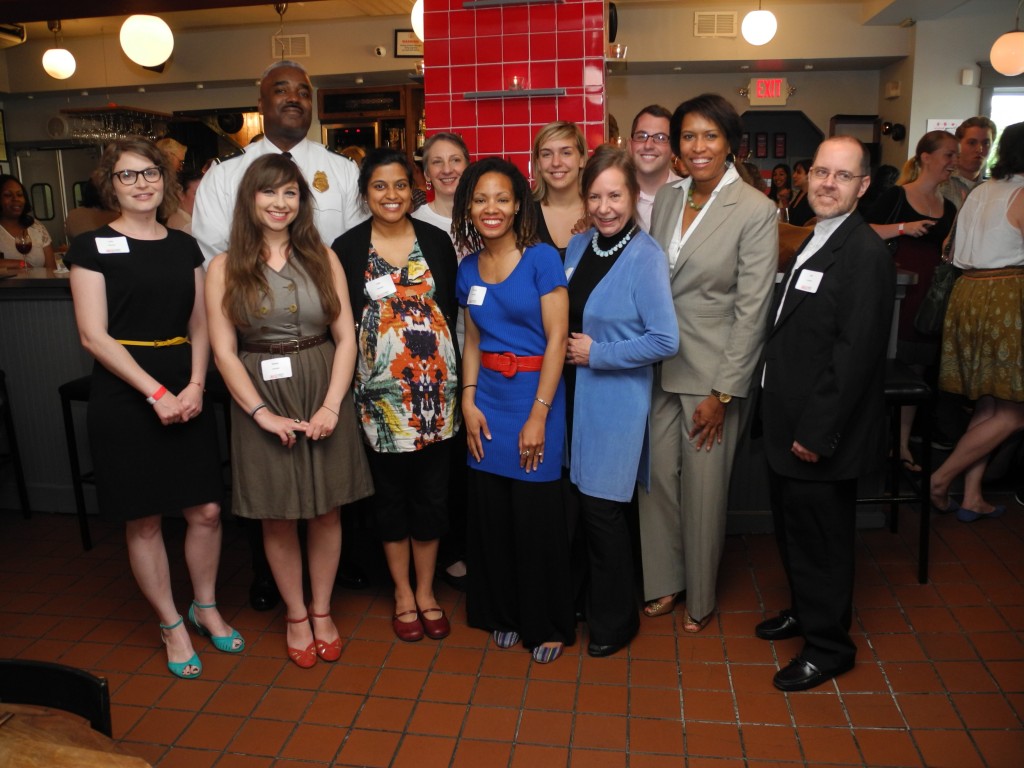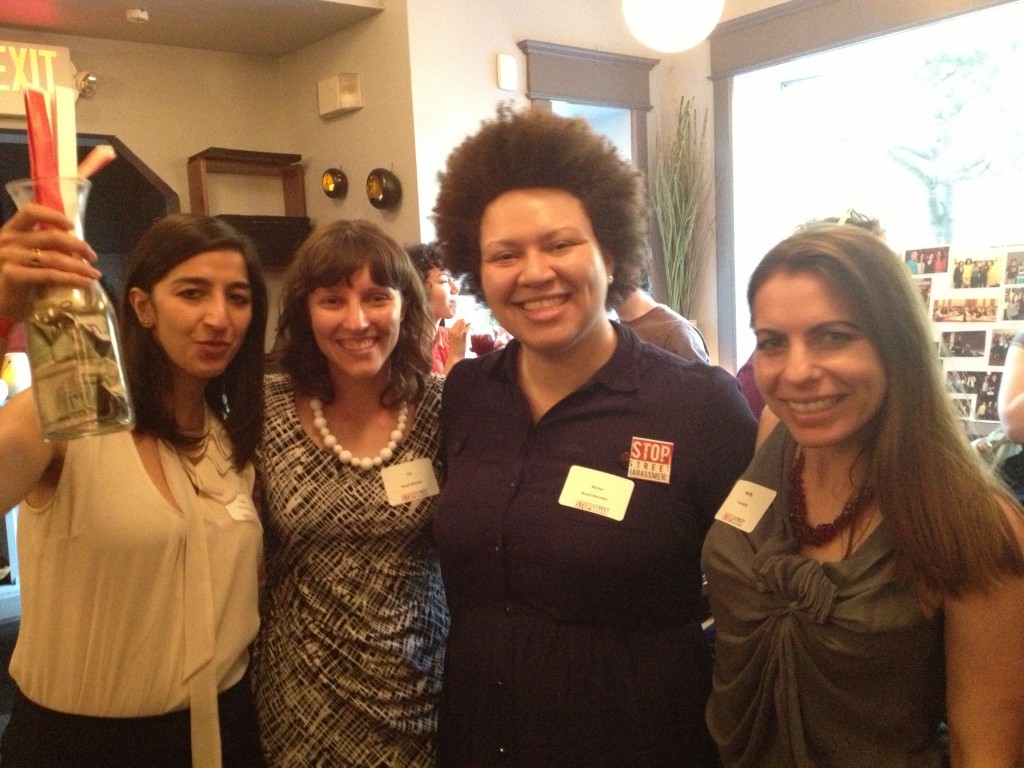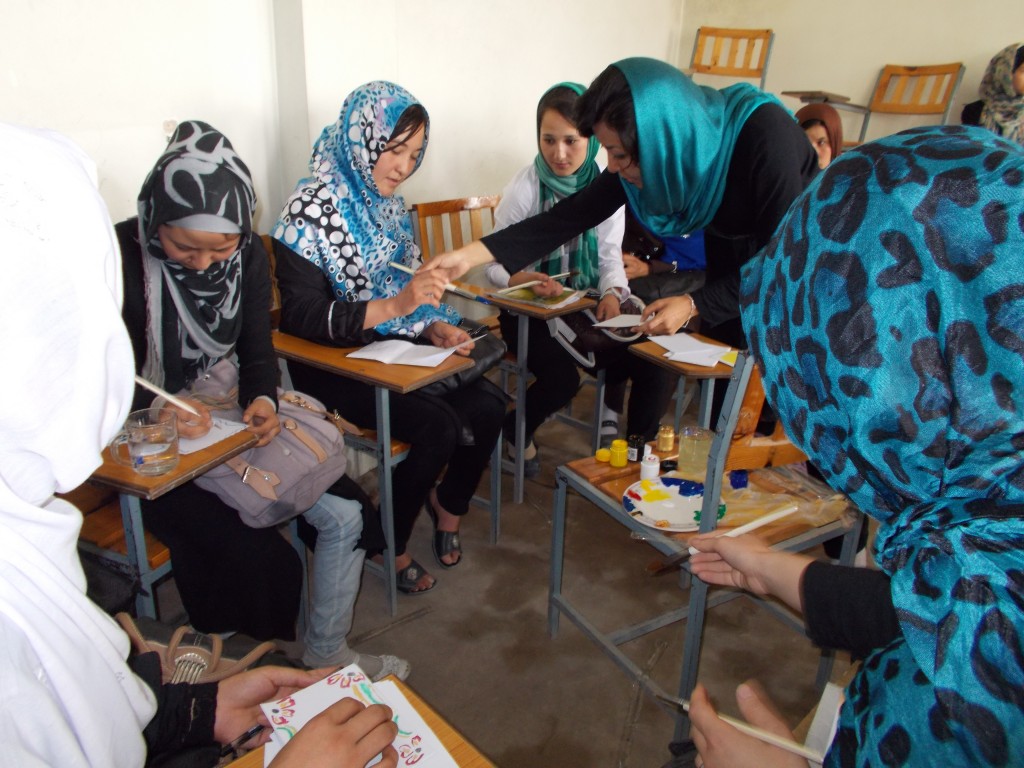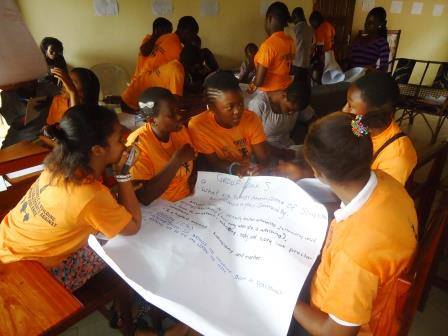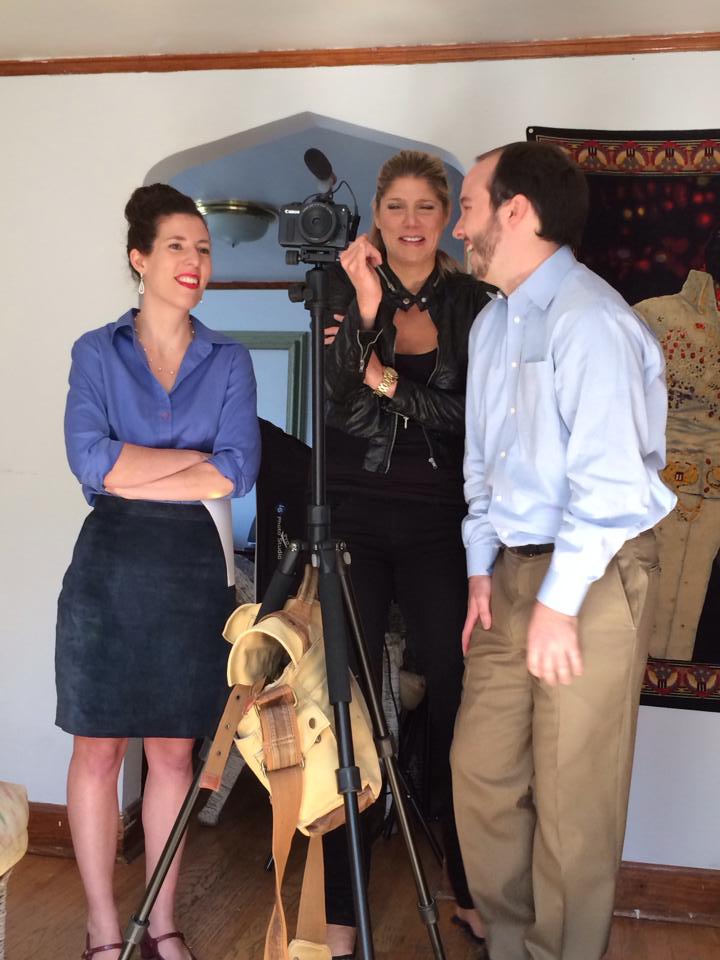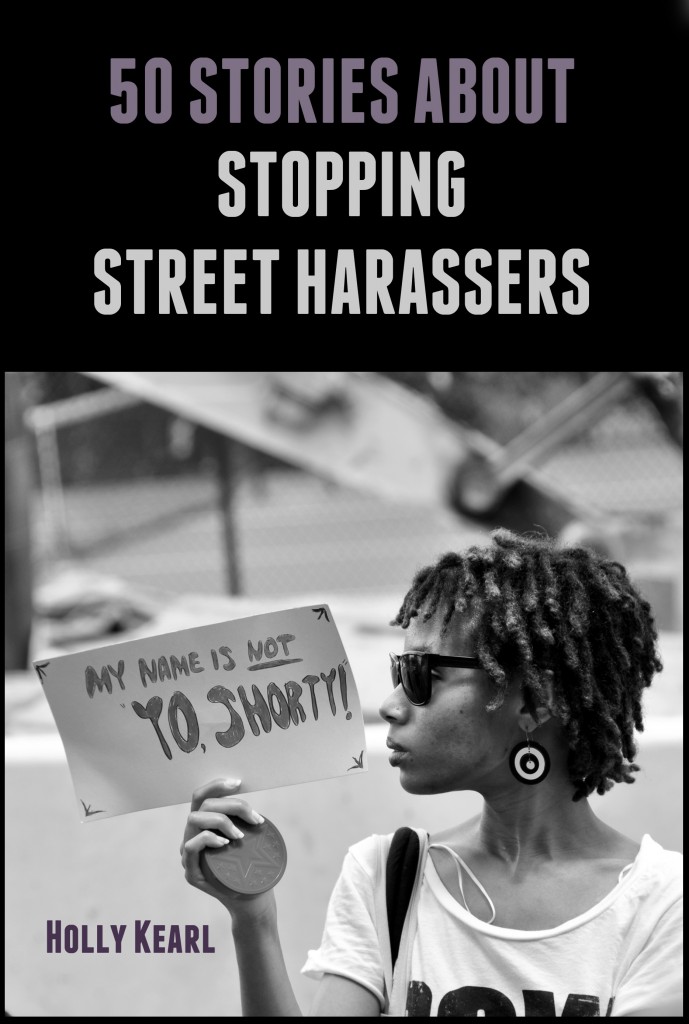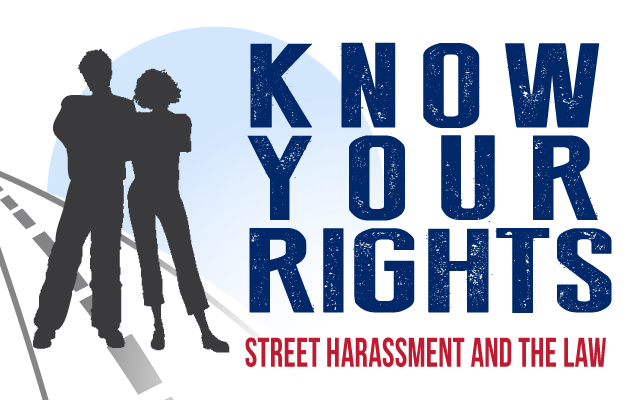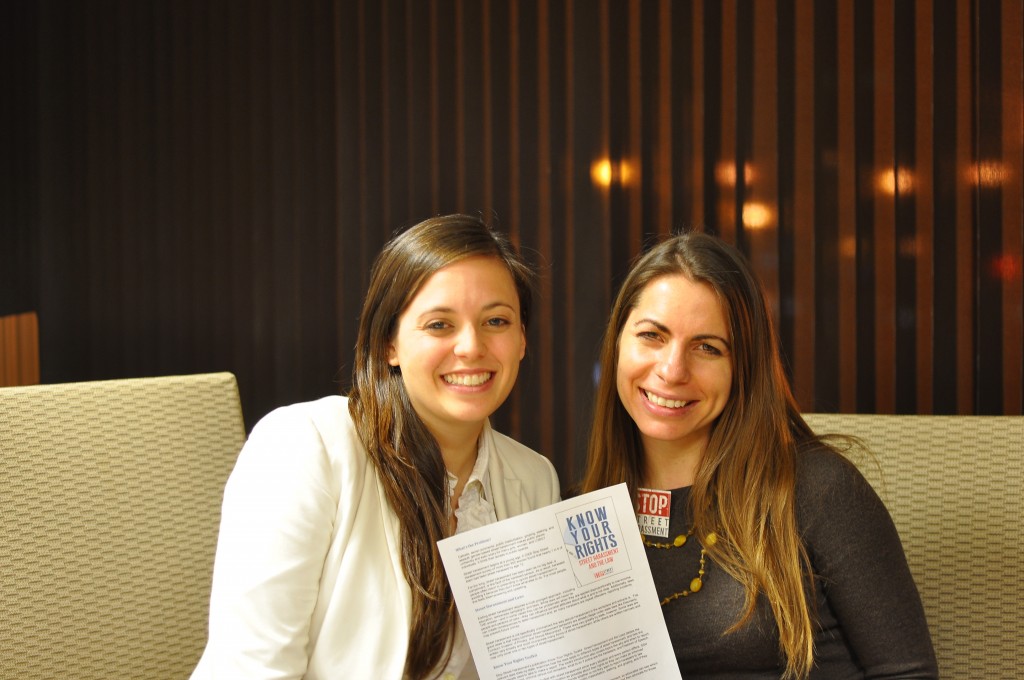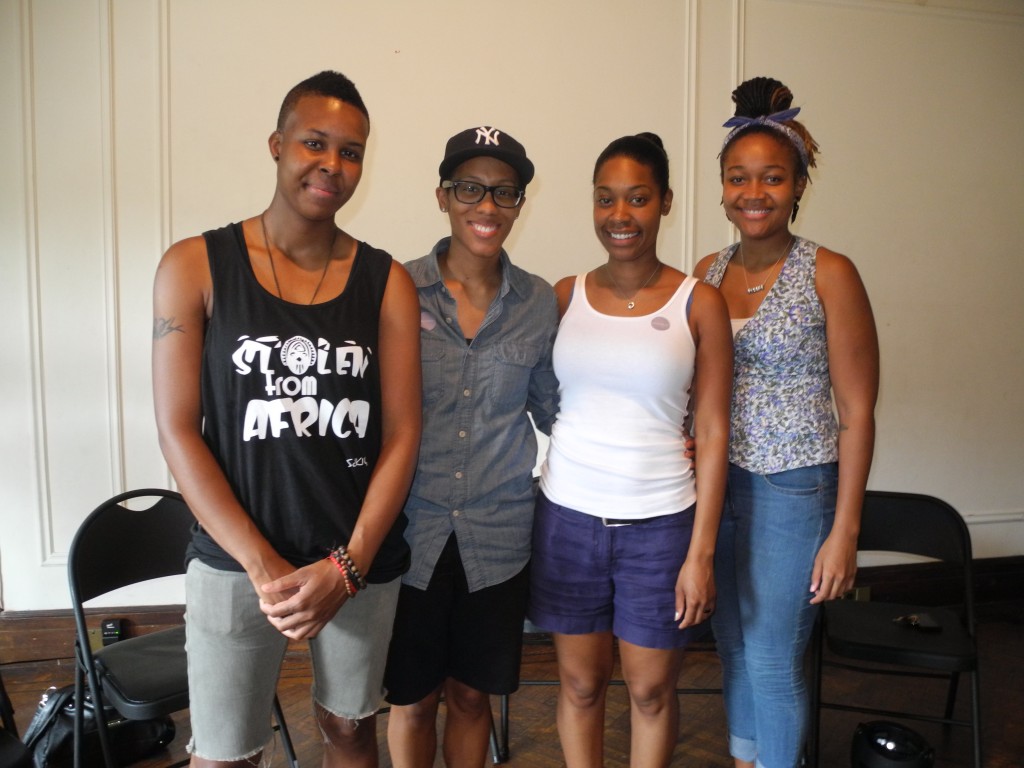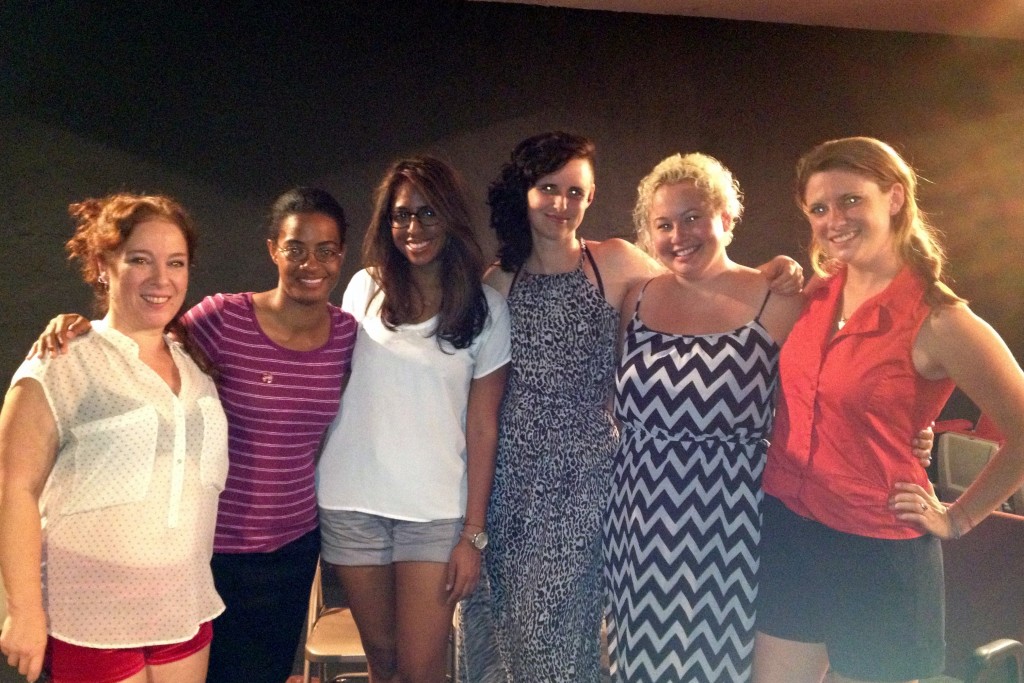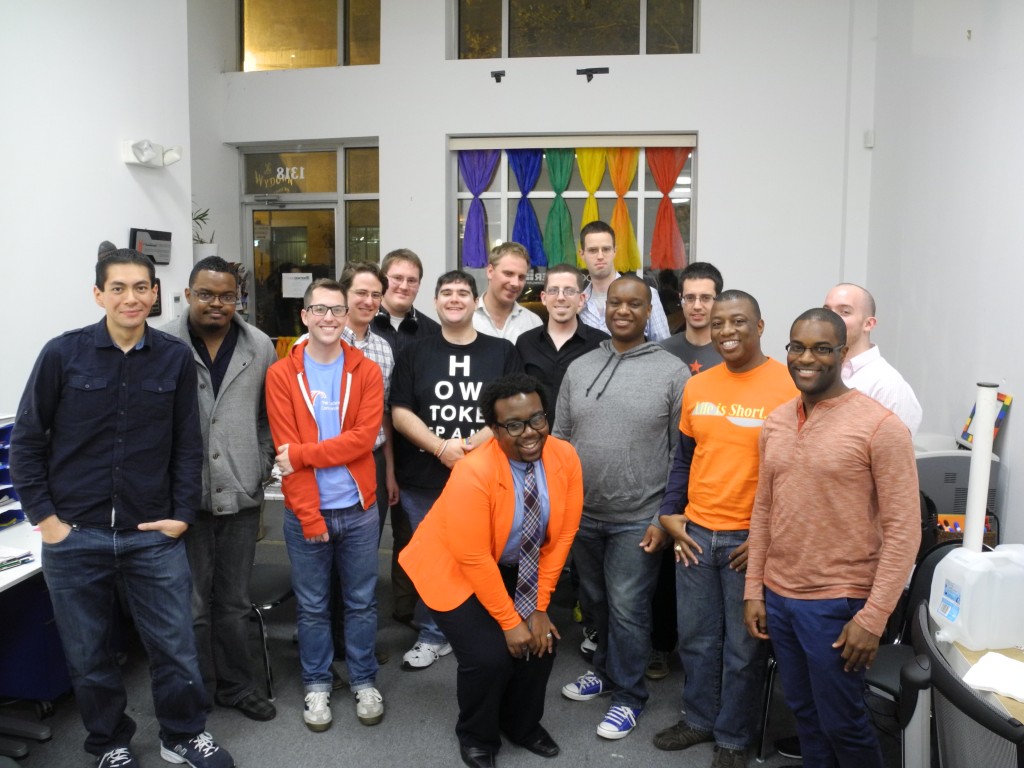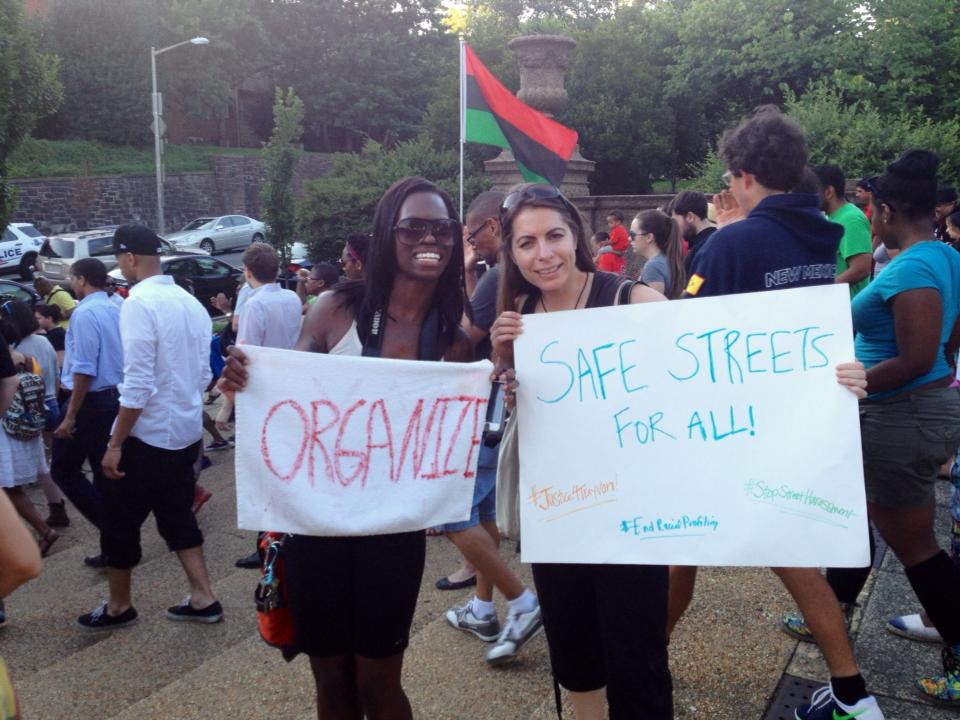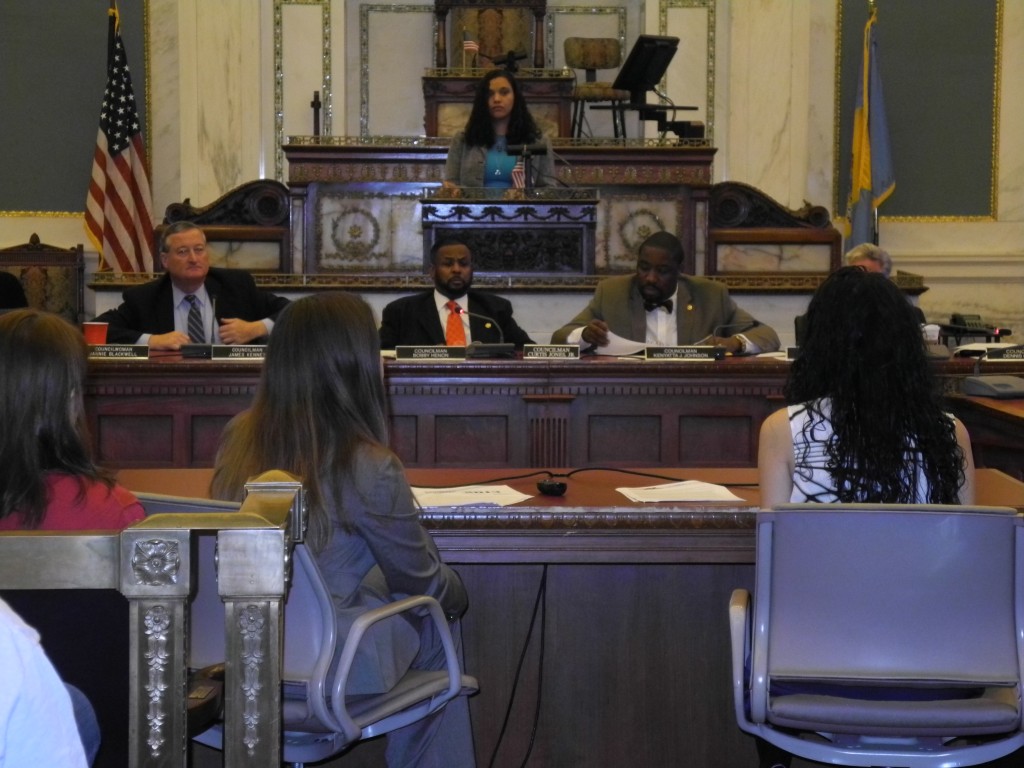If you missed it earlier this month, Amanda Hess’s essay for the Pacific Standard titled “Why Women Aren’t Welcome on the Internet” is an important read. Her thorough article looked at both the harassment that women endure and the toll it takes on them, both mentally and financially.
Amanda Marcotte wrote an excellent response piece for The Daily Beast that connects well to the issue of street harassment. Here is an excerpt:
“If we understand online harassment to be an outgrowth of other forms of abuse of women, from cat-calling to rape and domestic violence, then the pat assertion that it’s a modern, Western phenomenon is much harder to pull off. That’s particularly true when trying to claim sexual liberation somehow causes the harassment. Countries that have a more sexually repressive culture than the U.S. —think Egypt or India—have plenty of sexual harassment and assault problems to go around. The blunt truth is that why some men harass women—or beat women or rape women—is not at all complicated. They do it because it makes them feel powerful. They do it because they want women to be submissive, second-class citizen. They want women to know our place is as servants and sex objects instead of real people, and are willing to resort to violence and harassment to get their way. This is true whether your society is feminist or patriarchal, sexually liberated or repressed.
This is not a matter of speculation. Studies show a strong link between a man’s embrace of traditional gender roles and his propensity for domestic violence. Even just exposing a man to sexist jokes is linked to that man expressing more tolerance for violence against women. Violence and harassment against women is not some inexplicable phenomenon of nature, but an expression of an ideological belief that women should be subservient. The Internet doesn’t create the urge to harass women, and it probably doesn’t even magnify it. What it does is it makes harassment more efficient and personal, all at the same time. A man who likes to abuse and harass women is limited by physical proximity, time restraints, and legal considerations in the real world. There are only so many waitresses whose butts you can pinch in a day, especially without being thrown out of restaurants or even having the police called. You can holler at women on the sidewalk, but they can move along. Online, however, a man who enjoys harassing women can attack dozens in a very short period of time. He can recruit his friends to make the attacks more intense and has a lot more avenues for attack, going through email, Facebook, Twitter, and blog comments. It’s harder for women to just walk away from your cat-calling online; they have to actively block the harasser. (Which in turn is also exciting for the harasser, who can use the blocking as evidence that he successfully got under his victim’s skin.) Following women without getting the cops called on you is much easier online than in public. If a particular woman catches a harasser’s attention in public, odds are low he will be able to figure things like her name and how to find her. But online, you not only have all sorts of details about the object of your obsession’s life, but you have multiple venues to get to her.
While these specifics can and should be addressed through technological and legal means, we also need to understand that none of this online harassment is happening in a vacuum. It’s all just a new way of expressing a very old—indeed, an ancient—sentiment, that a woman’s place is to be silent, submissive, and servile to men and that any women who disagree are to be put down with violence. The long-term solution to the problem is to fight for women’s equality, and keep fighting until the idea that a woman is anything but equal to a man is a relic of the past.”
AGREED!! Street harassment, online harassment, sexual violence and rape are largely symptoms of gender inequality. Any effort we can make to close the equality gap will lead to a decrease in these issues. How will you help?

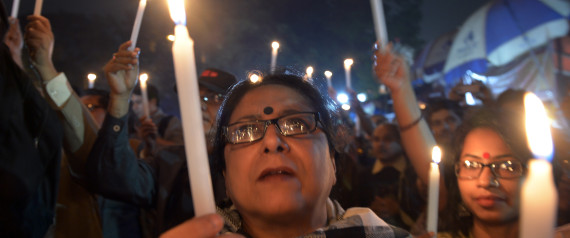
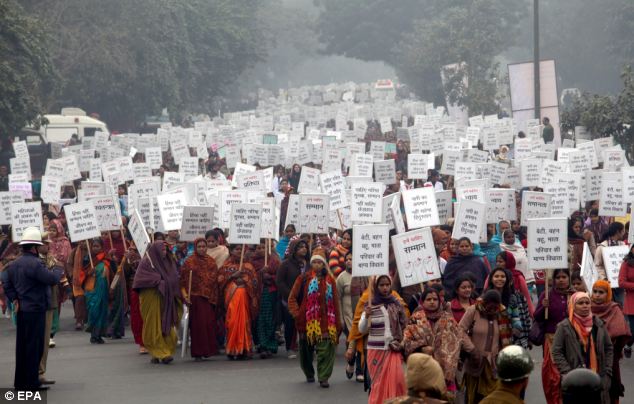 While the horrendous Delhi Gang Rape occurred in late December 2012, the outrage and campaigns to address sexual violence were in
While the horrendous Delhi Gang Rape occurred in late December 2012, the outrage and campaigns to address sexual violence were in 